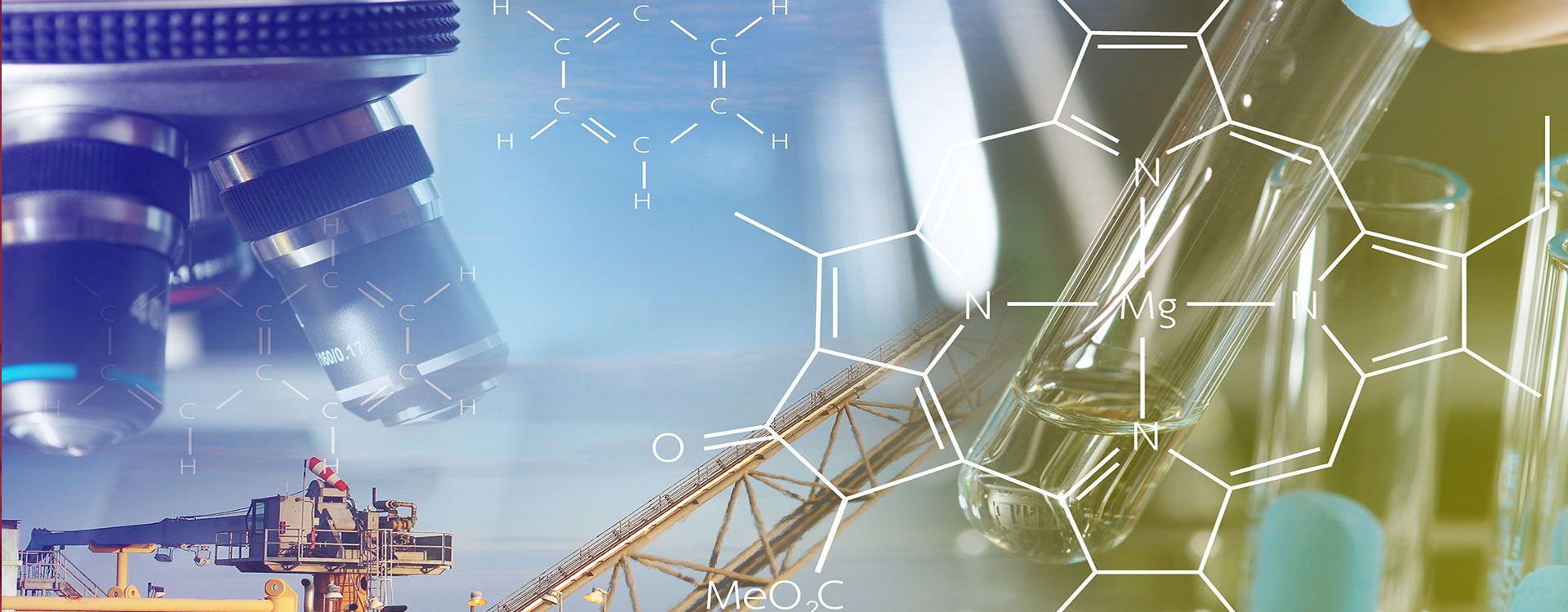Seminar Details
Seminar Title:
An Investigation for Malathion Pesticide Detection Using Pure Cu Electrode Leading to Electrochemical Sensor
Seminar Type:
Departmental Seminar
Department:
Chemical Engineering
Speaker Name:
Mr. Ashirbad Khuntia (519ch1011)
Speaker Type:
Student
Venue:
Old seminar hall , Department of Chemical Engineering
Date and Time:
28 Feb 2024 4:00 PM
Contact:
Prof. Madhusree Kundu
Abstract:
The present work demonstrates the development of an economical and user-friendly ‘copper rods’ sensor for the detection of malathion in runoff water from agricultural fields. A reduction in anodic peak current was observed in cyclic voltammetry (CV) analysis using 0.1 M KCl in the presence of malathion. The presence of malathion thus provides an inhibition in reaching its peak current value. This inhibition may be attributed to the adsorption of malathion on the copper electrodes. Differential pulse voltammetry (DPV) was performed to observe the inhibition ratio at various concentrations of malathion, which increases with an increase in malathion concentration. The parameters like pH and accumulation time (time needed for adsorption of malathion on Cu electrode to its utmost possible extent) were optimized at 4 pH and 18 min, respectively, corresponding to the maximum inhibition ratio (ΔI/I0). The electrochemical sensor had a relative standard deviation (RSD) up to 7.05% (number of experiments = 3), which indicated reproducible results. The inhibition ratio versus malathion concentration curve showed linearity over a range of 25-200 ppb and the limit of quantification (LOQ) was as low as 25 ppb (75.67nM). The developed sensor was sensitive and selective, with a limit of detection (LOD) as low as 1 ppb (3.03nM). The selectivity of the sensor was also studied by adding Pb(NO3)2, Zn(NO3)2, and NiCl2 to a solution of fixed malathion concentration, and minimal interference was observed in the detection. The sensor's functionality was validated using an unknown concentration of malathion with 96% and 106% recovery, respectively. The sensitivity of this proposed sensor was 0.0165µA/ppb.


